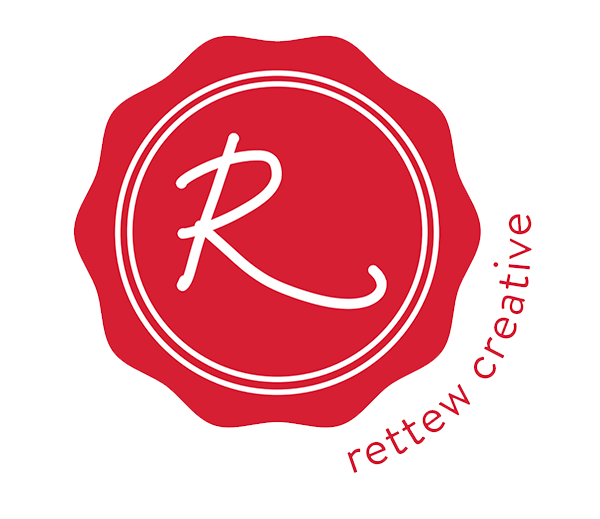This is my craft…
I was talking with a close colleague and friend tonight as we were working on a project, and we were trying to articulate the craft of visual storytelling. I was telling him that I have a friend here in Anderson, SC who is constantly introducing me to new people, and he uses my tag line, “This is my friend Bobby Rettew and he is a storyteller.” Then he follows-up with the phrase, “I am still trying to figure out how a storyteller makes money.” Well, Cordes Seabrook…this post is for you.
The craft of visual storytelling is tough to define…it is years and years of experience telling rich stories for broadcast television outlets across the country. It is years and years of judging and critiquing products for the National Academy of Television, Arts, and Sciences; Associated Press, National Press Photographers Association; and other local, regional, and national organizations. It is years and years of producing and leading teams of storytellers to produce shows, long format production, and numerous commercial spots for television and online distribution. But most of all…it is all about letting our stories tell themselves.
Telling compelling stories is not only understanding the mission of the project, but completely understanding the audiences you hope the message will compel to make action. It is understanding that the beginning, middle, and end is just the frame work for connecting the message to the audience; but weaving layers or messages tied together with a single red string.
The search for the red string is one of the hardest parts of the process…but once found, it makes the production to create the final product move increasingly faster. I was having dinner with Bob Dotson of NBC one night in Charlotte, and he explained to me that anyone can tell a story. But those who tell compelling, rich stories tell ones with layers and layers of messages…each connected with a single red string that crescendo at the right time, allowing the audience to full see the message through the subject(s) eyes and ears.
The approach I use aims to stay away from writing voice-over or track for someone to speak. Voice-over that connects all the sound-bites. The craft starts from the very beginning, with the interviews. The construction starts and continues during the shooting and interview process. This is the time to collect sound, great interviews. These interviews are collected in a way that tell the whole story from beginning to end. Each person interviewed has their own story to tell, adding to the the bigger picture of the final product. So it is the burden of the storyteller to guide each subject through an interview, so each person tells each piece of the puzzle. During this process, finding that one theme, idea, moral, ethic…the red string that connects all the pieces is crucial. Then while writing, we connect all the pieces using the red-string…to connect all the dots.
The red-string can be a person’s story, a subject each person reveals, an event that takes place…whatever is chosen, it has to make sense for the audience to grasp. Then using all the other elements, interviews, broll, natural sound, and music to fill in the gaps…guiding the audience through this visual timeline.
Visual storytelling is a craft…it is one that is hard to teach, articulate, and reproduce. This craft is also fraternal, you know when you meet another person that shares this same passion. We believe in the ethics of this moral enterprise, protecting the voice of the subjects that we so carefully provide as a platform to deliver a message. We are advocates for the people(s) voice…the voice of those who know the story the best. It is our ethic to properly represent that voice and bridge the gap between message, audience, and the subjects’ voice. If we are not careful, our writing sometimes de-humanizes the words they speak.
The business of this craft…to find those who believe in the craft and final value in advocating for the subjects voice. This visual storytelling enterprise closely represents that mission of word-of-mouth marketing, but we just provide a visual medium to communicate their message. We advocate for their message…because deep down inside, the audience wants to hear a story from those they relate. The audience relates to people that they can identify with, those whom they could see themselves replaced in the monitor or television screen. If that is achieved, and we can make the audience see themselves in the screen saying the powerful words…then we have achieved the goal of the craft. Visual storytelling is a craft…it is my passion.


As always, Bobby…an interesting and captivating read. I appreciate your ability to tell compelling stories, rich with detail and first-hand knowledge. Thank you for sharing insights into your craft.
Very well said!!! Good job! (and Dotson is the Best!)
Kerri…Hey there and thanks for your note! I love telling stories, regardless of my ability to tell them well. I was happy to see you comment, you have a great story as well…one that I will continue to follow! ~BR
Dwaine…now that is high praise coming from such a heck of career you have had! Dotson is the best, and I would give anything to work with him to produce and tell great stories! ~BR